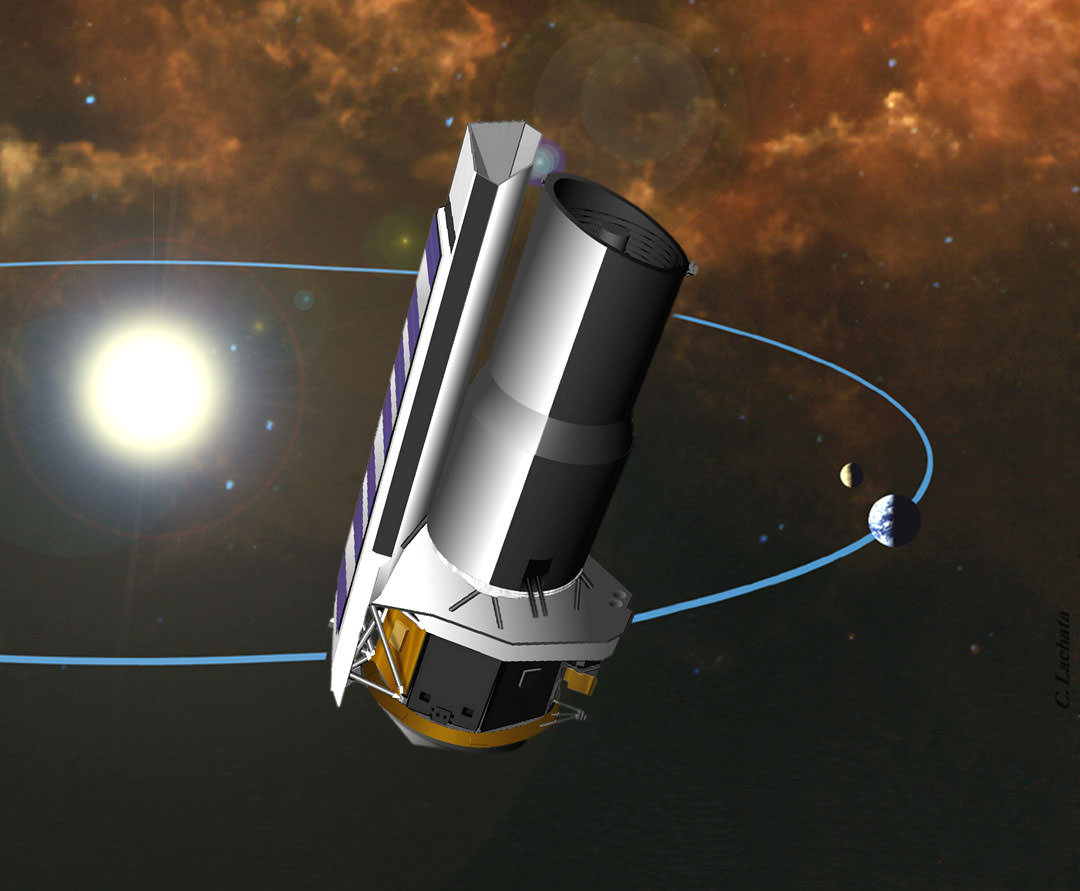The Galaxy is a collection of stars, planets, gas clouds and to the dismay of astronomers, dust clouds. The dust blocks starlight from penetrating so it’s very difficult to learn about the far side of the Galaxy. Thankfully the upcoming Nancy Grace Roman telescope has infrared capability so it can see through the dust. A systematic survey of the far side of the Milky Way is planned to see what’s there and could discover billions of objects in just a month.
The Nancy Grace Roman telescope (NGRt) has been named after NASA’s inaugural chief astronomer who was known as the ‘mother of the Hubble Space Telescope.’ It will have a field of view at least 100 times that of Hubble giving it an impressive swathe of space in each capture. Not only will it be able to peer through dust clouds, it also has the capability to block out starlight enabling direct observation of exoplanets and other infrared observations.
The incredible resolution of NGRt will help to identify individual stars within interstellar dust clouds even at the far reaches of the Galaxy. It’s expected the observations will lead to the creation of an extensive stellar catalogue of stars previously unseen. Even the mapping observatory satellite Gaia (from the European Space Agency) didn’t have the mapping and precision available from NGRt which will surpass it tenfold. The extraordinary work of Gaia mapped over a billion stars within a distance of about 10,000 light years. NGRt will go a step further and map over 100 billion stars out to 100,000 light years! As far as our Galaxy is concerned, there’s not much out of NGRt’s reach. Even Spitzer, NASA’s infrared space telescope had surveyed the Galactic plane, it did not have the resolution to resolve stars on the far side of the Galaxy.

In 2021 calls were made for ideas for surveys and the Galactic Plane Survey was the top ranking idea. It is now down to the scientific community to pull together observational projects to support the survey. It’s impressive to think that the survey will be targeting 1,000 square degrees of sky, equivalent to 5,000 full moons. That might not sound like too much but it would pretty much allow for all the stars in our Galaxy to be surveyed. That might sound like a lifelong piece of work but NGRt is a telescope that means business, knocking out the survey in around a month!
Other observatories could of course undertake similar projects but it would take years for even Hubble or James Webb Space telescope to achieve the same results. They are far more suited to studying external galaxies and we have seen some incredible images revealing complex galactic structure. Our own Galaxy has rather been overlooked, but it’s actually quite difficult to study our own! The entire sky needs to be observed and then there is the obscuring effect of dust. ‘We have studied our own Solar System’s neighbourhood well’ says Catherine Zucker, co-author of a white paper entitled ‘Roman Early-Definition Astrophysics Survey Opportunity’ and astrophysicist at the Center for Astrophysics Harvard & Smithsonian. ‘We have a very incomplete view of what the other half of what the Milky Way looks like beyond the Galactic centre.’ she went on to say.
NGRt is due for launch in 2027 and, if all goes to plan, looks set to deliver not only some exciting science but the first time view of objects on the far side of the Galaxy.
Source : NASA’s Roman Team Selects Survey to Map Our Galaxy’s Far Side
The post Nancy Grace Roman will Map the Far Side of the Milky Way appeared first on Universe Today.



















